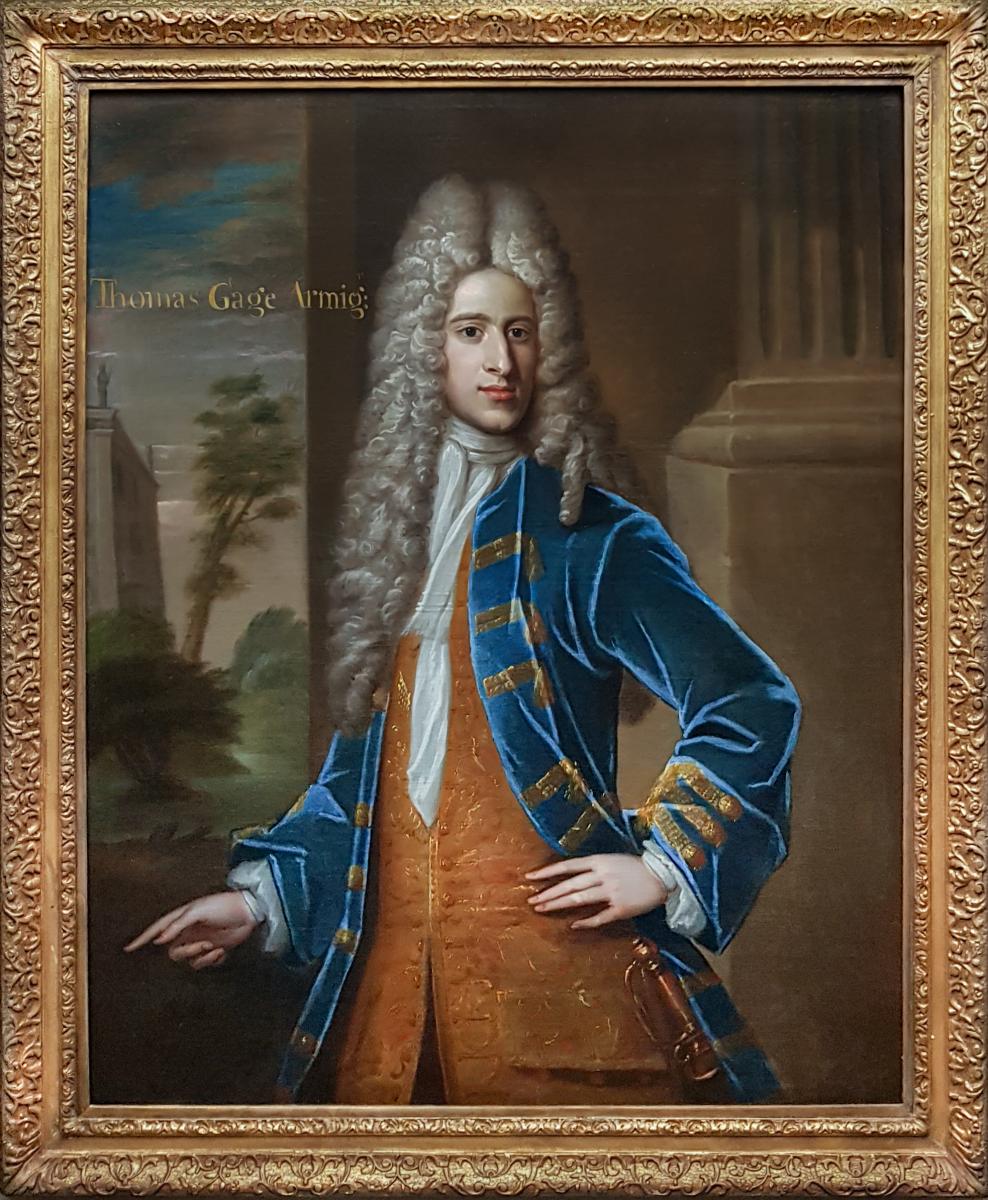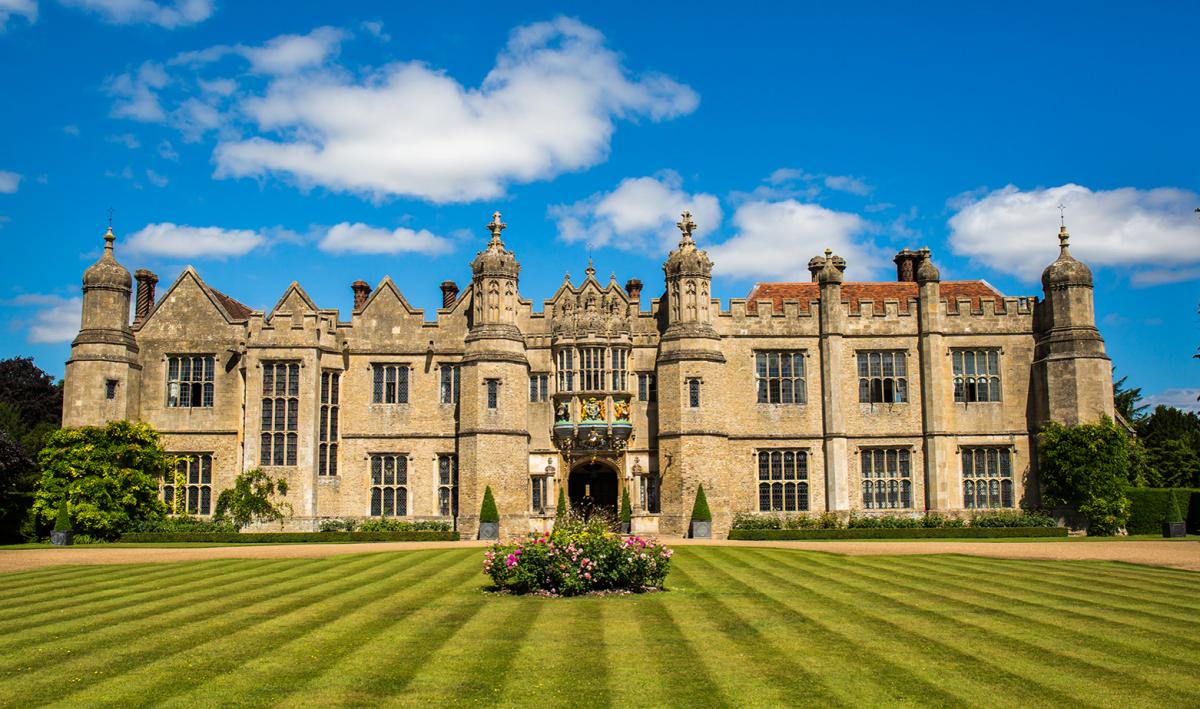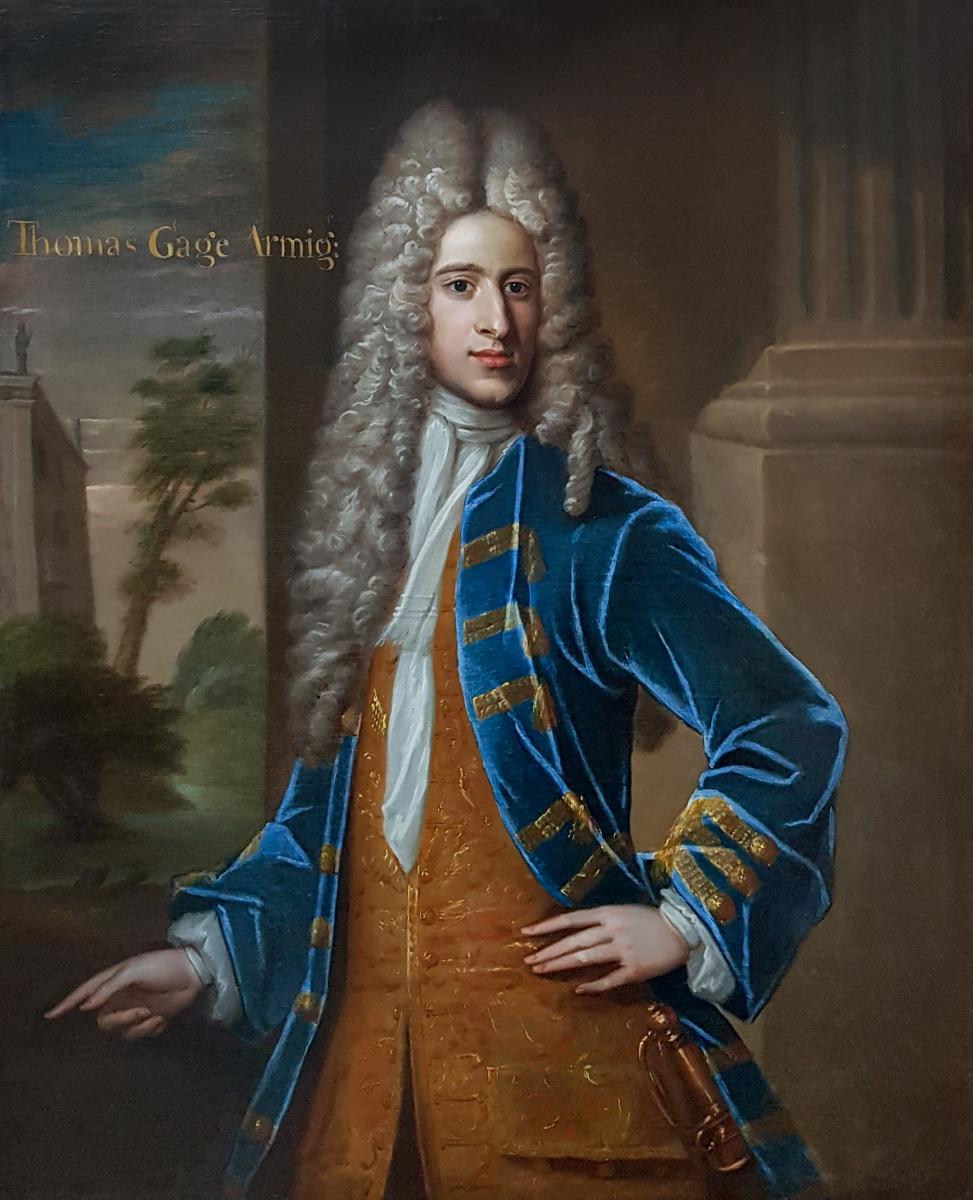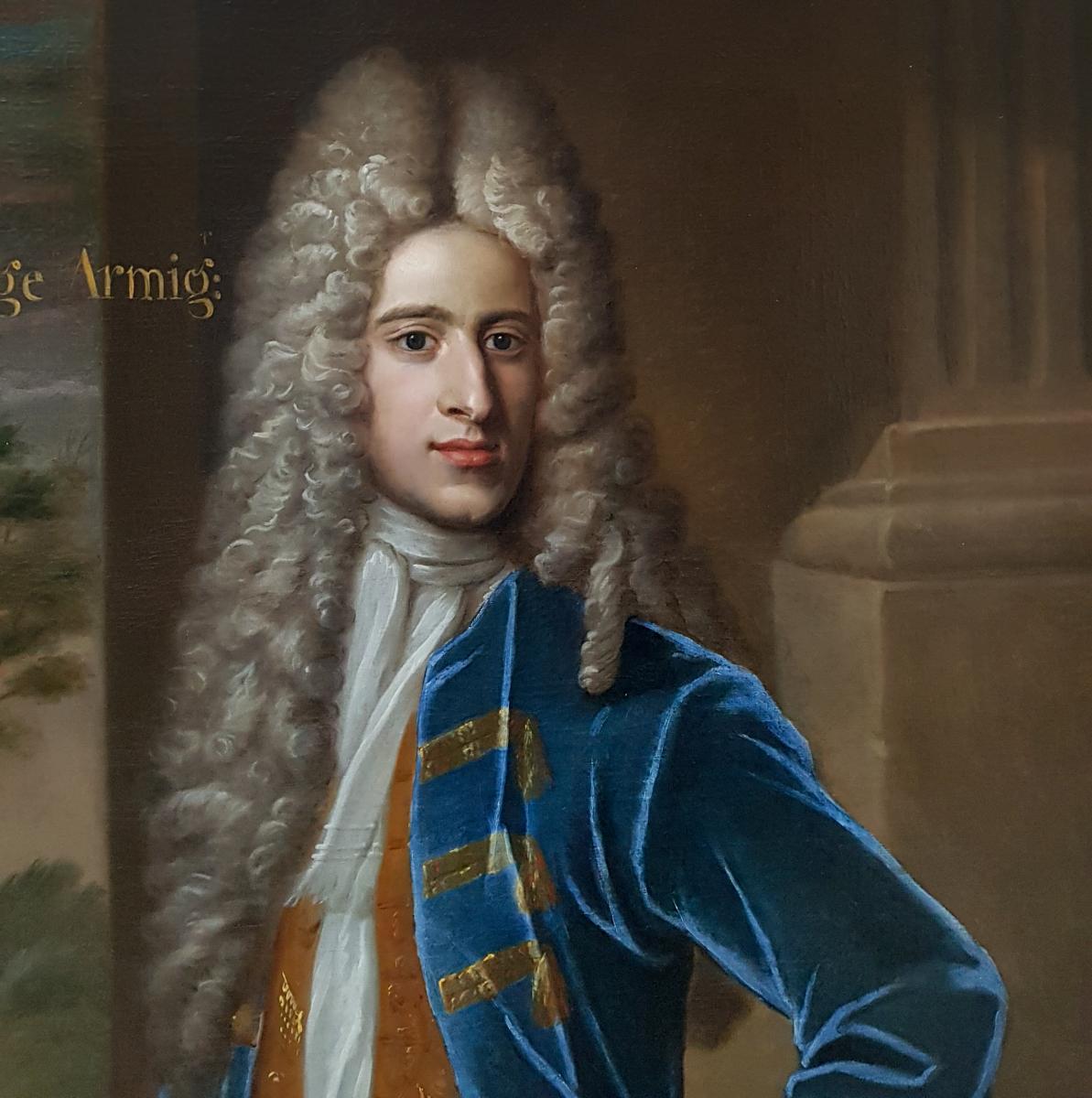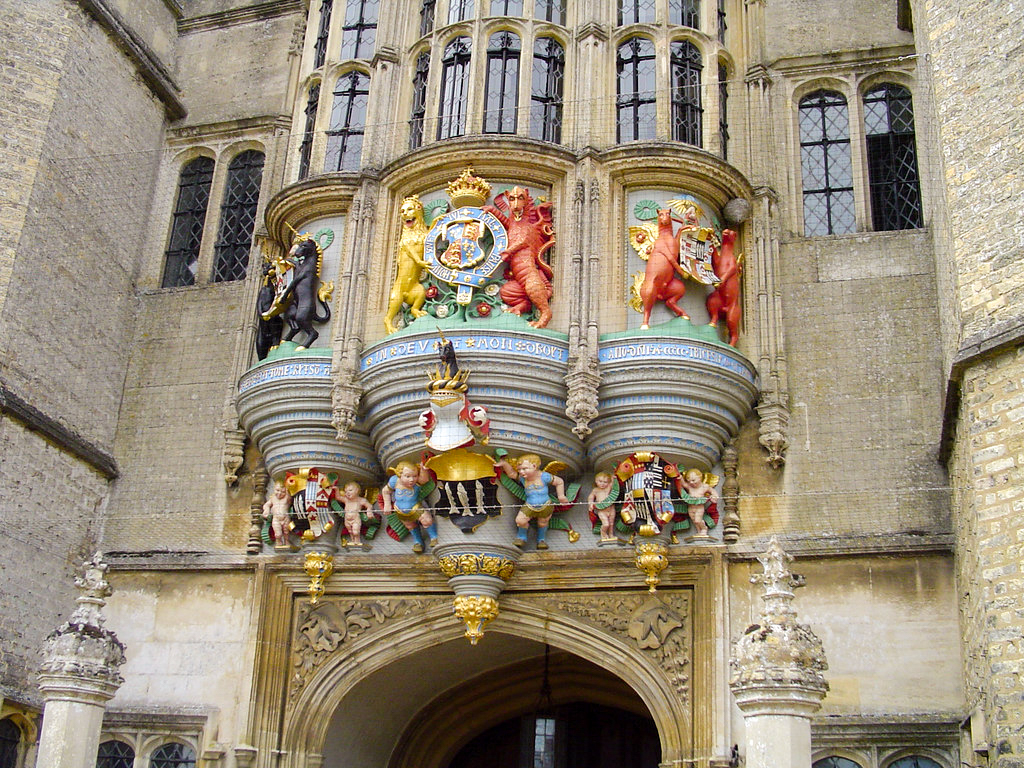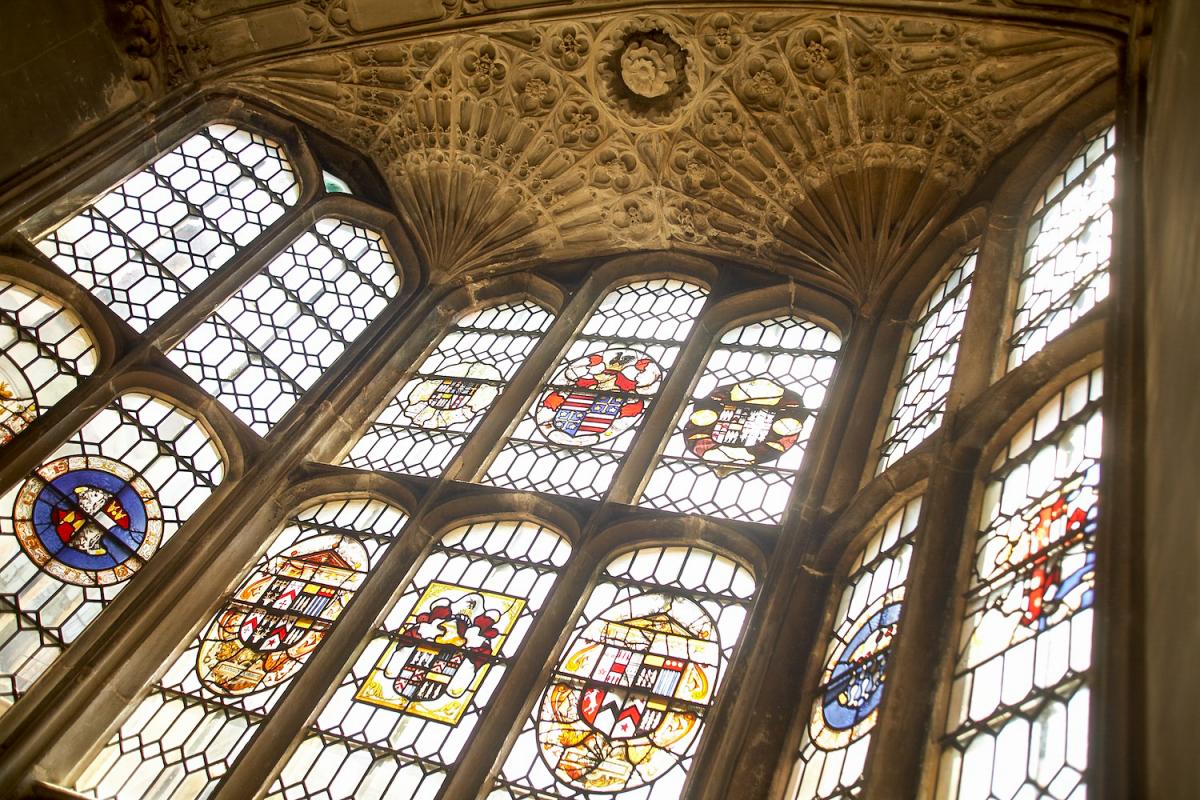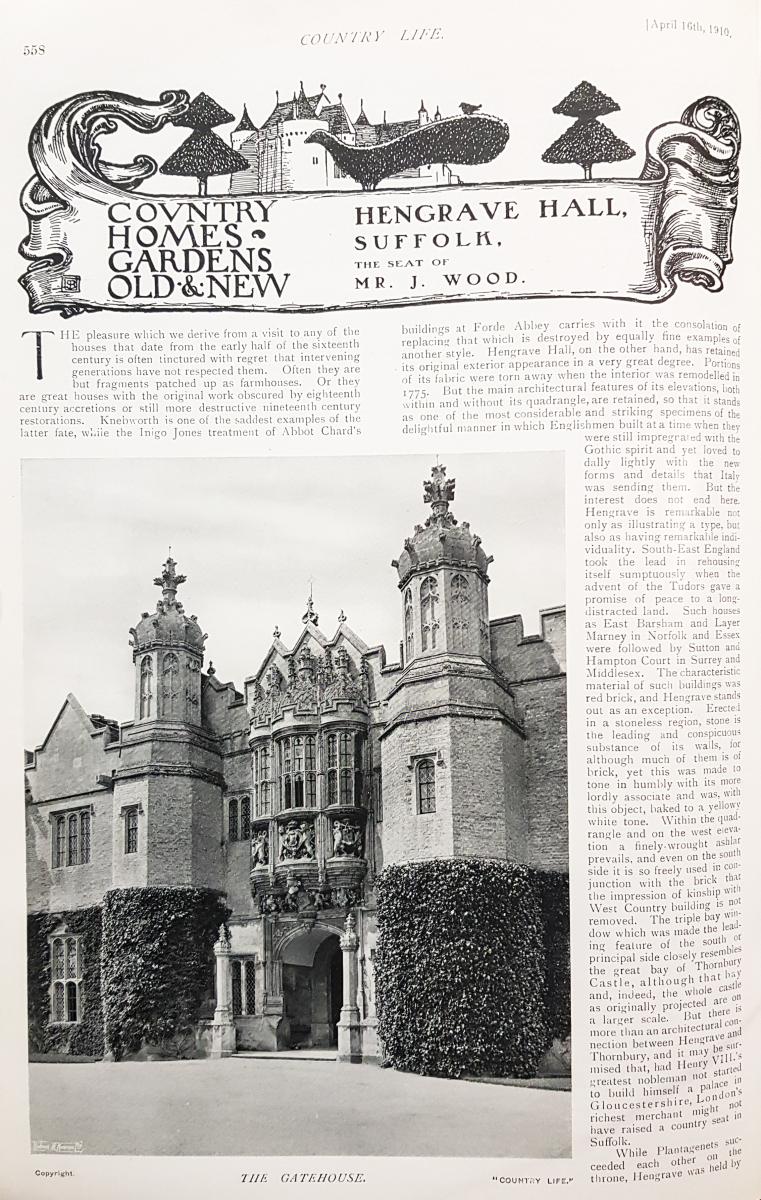"Portrait Of Thomas Gage (c.1684-1716) C.1709; Attributed To Sir Godfrey Kneller (1646-1723)"
This exquisite work formed part of the family collection of the Gage Baronets at their magnificent Tudor manor Hengrave Hall, Suffolk (see photo). This portrait hung in the manor along with other important family portraits by Van Dyke, Peter Lely, and Godfrey Kneller until they were dispersed in an eight-day sale on site in 1897 containing 1,914 lots, thus dispersing a collection that was compiled over 350 years.
The young sitter in this exquisite large-scale portrait is Thomas Gage. Born circa 1684, he was the first son of Sir William Gage, 2nd Baronet (c. 1651–1727) and Mary Charlotte (nee Bond). Thomas was painted circa 1709, perhaps in celebration of his marriage, or simply, when other family members were sitting to Kneller as there were at least ten. The portrait is characteristic of Kneller’s oeuvre in the last two decades of his life, when he assumed a more classical, and angular, style. Immediately noticeable is the strong azure blue of the coat, this type of bold colour was employed in this late style. It is not hard to understand why Kneller was at the forefront of his profession, a fact confirmed upon when King George I confirmed his position as Principal Painter in Ordinary awarding him a baronetcy, a unique honour for a painter. It is a striking image of the type of portrait that was in vogue during the early 1700’s favoured by the aristocratic class.
As a young and promising gentleman, and heir to his family’s estate, Thomas married Delariviere D’ews (c.1688-1746). The couple had three sons: Sir Thomas Gage 3rd Baronet (1712-1741), Sir William Gage 4th Baronet (1712-1767), and Edward Gage (d.1741) who was killed in the Austrian service in the 1741 campaign. Thomas, sadly, died young at only 32 years of age, in 1716 and Delariviere died in 1746. An inscription on her tomb accounts of her good character and integrity and “for thirty years, a pious widow”. Thomas and Delariviere are buried beside each other in the church at Hengrave Hall, as are many members of the family – this church holds some of the finest examples of monuments in the county. On their monument is a Latin inscription which translates to: “Here lies Thomas Gage, Esquire, Father William Gage, Baronet, and mother Charlotte Bond (only daughter of Thomas Bond, Baronet). Married Delariviere D’ews (daughter of Simonds D’ews, 3rd Baronet), his untimely death has left his wife abandoned at 32 years of age of which this heavy loss occurred 1 March 1716. Rest in Peace.”
The history of the Gage family can be traced back to the first Sir John Gage (fl. 1420-1475) when the Gages lived at Firle Place, East Sussex. His son, William of Firle (c. 1456-1496), was the father of Sir John Gage (1479-1556), vice-chamberlain to Henry VIII. Sir John became chancellor of the duchy of Lancaster, constable of the Tower and comptroller of the household, and later served as lord chamberlain to Queen Mary. He was succeeded by his son Edward, K.B., whose son Thomas was father to Sir John Gage (1577-1633), who was created a baronet in 1622.
Hengrave Hall is located near Bury St. Edmunds in Suffolk, England. It’s occupants, the Kitson and Gage families 1525-1887 were both Roman Catholic recusants. Thomas Kitson, a London merchant and member of the Mercers Company, completed it in 1538 using the stone from the old abbeys in the neighbourhood when they were pulled down. The house is one of the last examples of a house built around an enclosed courtyard with a great hall. The chapel contains 21 lights of Flemish glass commissioned by Kitson and installed in 1538. This is the only collection of pre-reformation glass that has remained in situ in a domestic chapel anywhere in England. Also, in the Banquet Hall is a window with the coat of arms of George Washington (one of Sir Thomas Kitson's daughters married into the Washington family). The many has hosted many important visitors such as Elizabeth I who stayed at Hengrave twice and a chamber is named in her honour. The house contained an important collection of historic manuscripts, dating back to the 12th Century (purchased in 2006 by Cambridge University). The manuscripts comprise of papers accumulated or collected by the Kitson’s and Gage’s. They contain household accounts, which give a fascinating glimpse into domestic life in Tudor times, and include correspondence from King Henry VIII, Queen Mary and Thomas Washington, ancestor of George Washington and nephew of Thomas Kitson.
The family acquired Hengrave Hall through the marriage of Sir John Gage, Bart, to Penelope Darcy, the great-granddaughter of Sir Thomas Kytson (1485-1540). The baronetcy became extinct on the death of the 9th Baronet, Sir Edward Gage (1812-1872) in 1872 and following the death of his widow, Henrietta Mary, Lady Gage (1818-1887) Hengrave was left to her cousin The Hon. Cecil Augustine Browne. He, however, died the same week as Lady Gage, and the will not being properly altered, the property passed to his father Sir Valentine Augustus Browne, K.P., Earl of Kenmare. Lord Kenmare sold the manor to John Lysaght in 1894, and he went to live at the hall 6th April in that year but he died in 1896 and the manor passed to his trustees, who, 24th March, 1897, sold it to John Wood, High Sherriff of Hertfordshire in 1900. At this time the contents of the manor, along with our portrait, was sold over an eight-day at auction containing 1914 lots (143 paintings alone). At least ten portraits by Sir Godfrey Kneller of the Gage family, including the sitter’s sons and father, were included in this sale.
The portrait was acquired by Mary Gabrielle Eyre of Moreton Hall (see photo). Moreton Hall is a Grade II listed building eight miles away from Hengrave. It was designed by the Scottish architect Robert Adam and built in 1773 as a country house for John Symonds (1729–1807), a clergyman and Professor of Modern History at Cambridge University. The house was in the possession of Mr Ferdinand Eyre (1854-1928), the son of Vincent Anthony Eyre of Lindley Hall in Leicestershire, as early as 1900. In 1880 he married Mary Gabrielle Paston-Bedingfield (c.1853-1937) whose ancestors were prominent courtiers in Tudor times, and rode in support of Mary Tudor in her successful bid for the crown. Upon the death of Ferdinand our portrait was sold in 1928 at Christies London.
Held in its beautiful period gilded frame.
Sir Godfrey Kneller (1646-1723) was born in Germany but trained in Amsterdam and studied in Italy before moving to England in 1676. Towards the end of the century, after the deaths of Peter Lely and John Riley, Kneller became the leading portrait painter in Britain and the court painter to English and British monarchs from Charles II to George I. He dominated English art for more than thirty years. His over 40 "Kit-cat portraits" and the ten "beauties" of the court of William III are most noteworthy.
Provenance:




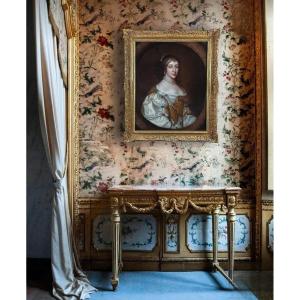

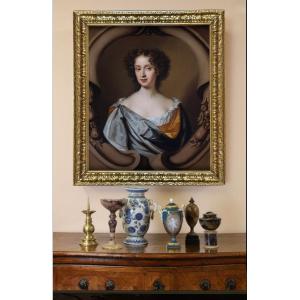
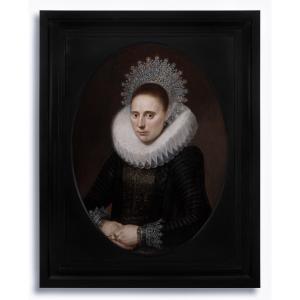
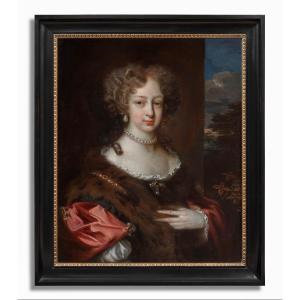
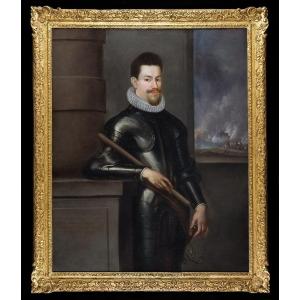

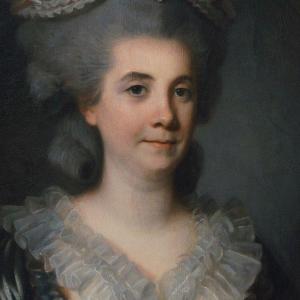

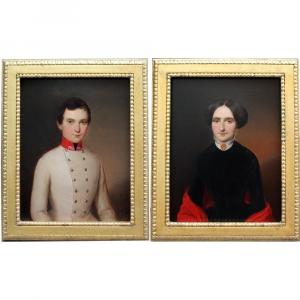

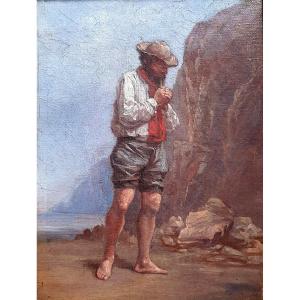




 Le Magazine
Le Magazine Rivista Artiquariato
Rivista Artiquariato TRÉSORS magazine
TRÉSORS magazine
